Increasing Use in Pharmaceuticals
The Myristic Acid Market is experiencing a notable increase in demand from the pharmaceutical sector. Myristic acid is utilized as an excipient in drug formulations, enhancing the solubility and bioavailability of active ingredients. This trend is driven by the growing focus on developing effective drug delivery systems. In recent years, the pharmaceutical industry has seen a compound annual growth rate (CAGR) of approximately 5%, which is expected to bolster the demand for myristic acid. Furthermore, the rise in chronic diseases necessitates innovative pharmaceutical solutions, thereby propelling the Myristic Acid Market forward. As pharmaceutical companies continue to invest in research and development, the reliance on myristic acid as a key ingredient is likely to increase, indicating a robust growth trajectory for the market.
Growth in Food Industry Applications
The Myristic Acid Market is also experiencing growth due to its applications in the food industry. Myristic acid is utilized as a flavoring agent and preservative in various food products. The food and beverage sector has been expanding, with a projected growth rate of approximately 3% annually. This growth is driven by changing consumer preferences towards processed and convenience foods, which often incorporate myristic acid for its functional properties. Additionally, the increasing awareness of food safety and quality is likely to drive the demand for myristic acid as a preservative. As the food industry continues to evolve, the Myristic Acid Market is expected to see a corresponding increase in demand, highlighting its importance in food formulations.
Rising Interest in Bio-based Chemicals
The Myristic Acid Market is benefiting from the rising interest in bio-based chemicals, driven by sustainability initiatives and environmental concerns. Myristic acid, derived from natural sources, is increasingly viewed as a viable alternative to petroleum-based chemicals. The global market for bio-based chemicals is projected to grow at a CAGR of around 10% over the next few years. This trend is indicative of a broader shift towards sustainable practices across various industries, including cosmetics, food, and pharmaceuticals. As companies strive to reduce their carbon footprint and enhance their sustainability profiles, the demand for myristic acid is likely to increase. This shift not only supports the Myristic Acid Market but also aligns with global efforts to promote environmentally friendly products.
Surge in Demand for Natural Surfactants
The Myristic Acid Market is witnessing a surge in demand for natural surfactants, particularly in the personal care and cosmetics sectors. Myristic acid is recognized for its emulsifying and surfactant properties, making it a preferred choice in formulating shampoos, lotions, and creams. The Myristic Acid has been expanding, with a projected growth rate of around 4% annually. This growth is largely attributed to the increasing consumer preference for natural and organic products, which aligns with the characteristics of myristic acid. As manufacturers seek to replace synthetic ingredients with natural alternatives, the Myristic Acid Market stands to benefit significantly. The shift towards sustainability and eco-friendly formulations is likely to further enhance the market's prospects in the coming years.
Technological Advancements in Production Processes
The Myristic Acid Market is poised for growth due to technological advancements in production processes. Innovations in extraction and synthesis methods have led to more efficient and cost-effective production of myristic acid. These advancements are crucial as they enable manufacturers to meet the rising demand while maintaining product quality. The introduction of green chemistry techniques is particularly noteworthy, as it reduces waste and energy consumption during production. As the market for myristic acid expands, these technological improvements are likely to play a pivotal role in enhancing competitiveness. Furthermore, the ability to produce myristic acid sustainably may attract new players to the Myristic Acid Market, fostering a more dynamic and innovative market landscape.


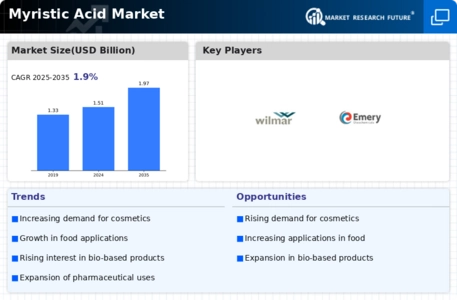
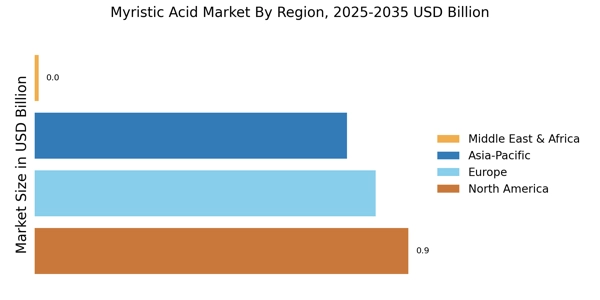

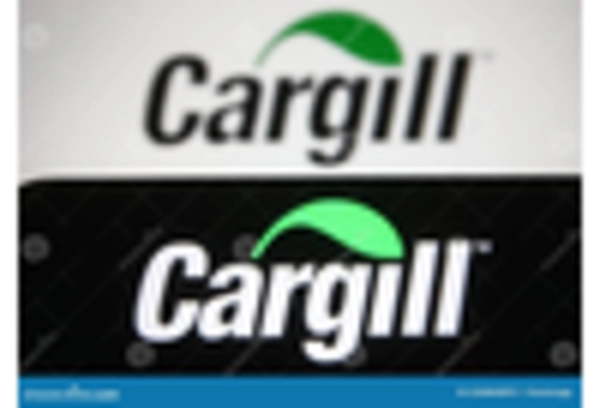
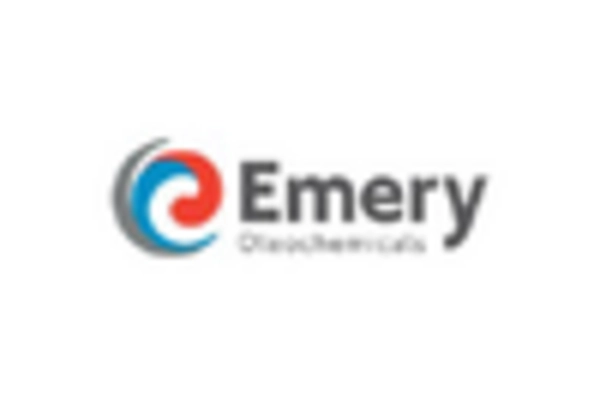


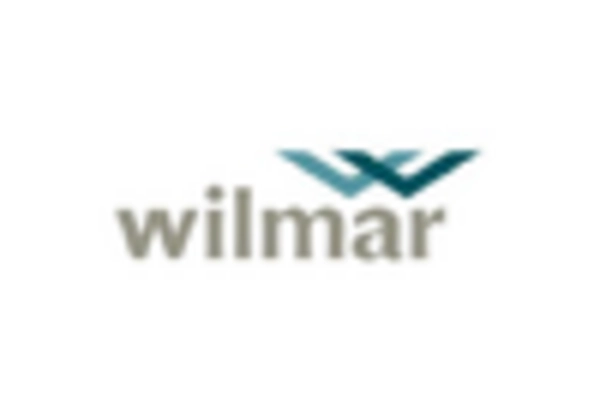








Leave a Comment